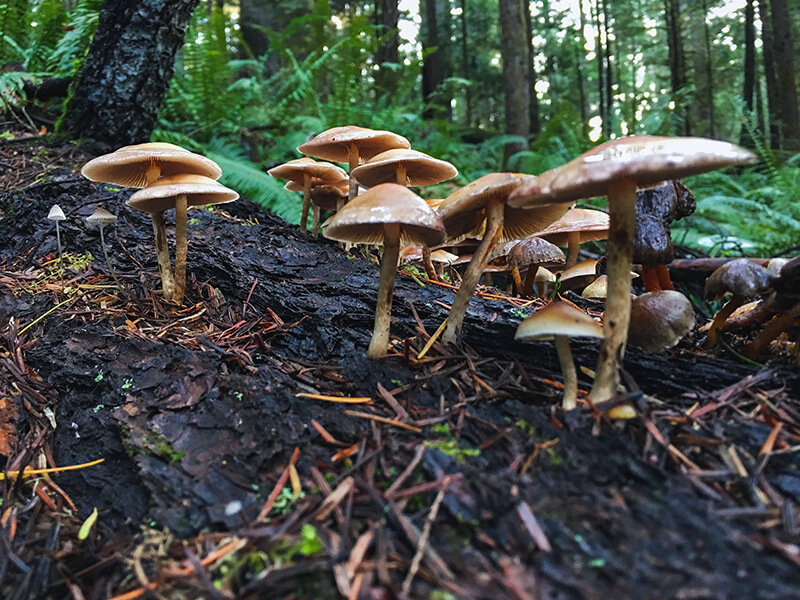An ecosystem is a biological community of living organisms interacting with the nonliving parts of their environment. There are two main components of an ecosystem. The biotic factor is made up of living organisms like plants, animals, fungi, and bacteria. The abiotic factor is made up of nonliving components like soil, weather, water, and rocks.
Ecosystems need energy. A food chain, a series of organisms that are each dependent on the next as a food source, shows how energy moves through an ecosystem. Typically, this energy originates from sunlight. Producers, organisms like green plants that can make their own food, use energy from sunlight and convert it into usable energy through the process of photosynthesis. Animals (consumers) consume the energy from plants and then are eaten by other animals or decompose back into the soil. Primary consumers are animals that eat producers. They are usually herbivores that feed on plants. Secondary consumers are animals that eat primary consumers. They can be either carnivores that feed on animals or omnivores that feed on both plants and animals. Tertiary consumers are animals that eat primary consumers and secondary consumers. They are typically carnivorous predators but can also be omnivores. Apex predators are the predators at the top of the food chain that have no natural predators. As part of an ecosystem, animals and plants depend on each other for survival. Beginning with plants and ending with animals, organisms eat other organisms to obtain energy.
An agricultural ecosystem is a managed ecosystem with the purpose of producing crops and/or animal products. Agricultural ecosystems comprise about 37% of the total land area of the Earth,1 with approximately 11% being arable land used to cultivate crops and the rest used to raise livestock.2
Natural ecosystems consist of many species of plants and animals while managed ecosystems have fewer species that are selected by humans and are limited in diversity. Natural ecosystems are self-sustaining as opposed to managed ecosystems that require the assistance of humans. Humans control many of the interactions in an agricultural ecosystem, including soil condition, soil erosion, water quality, and animal habitats. While sunlight is the energy source for both natural and managed ecosystems, managed systems may supply additional fertilizer and nutrients to the soil. Food chains in a natural system are more complex than in a managed system.
There are many techniques farmers can use to protect agricultural ecosystems, including managing water wisely; building and maintaining healthy soil; minimizing air, water, and climate pollution; and promoting biodiversity. Sustainable agriculture refers to farming practices and methods that are economically profitable, environmentally sound, and good for communities.3 Sustainable farming practices include rotating crops, planting cover crops, reducing or eliminating tillage, applying integrated pest management (IPM), integrating livestock and crops, adopting agroforestry practices, and managing whole systems and landscapes.4

 and their corresponding book and Food Chain Pictures.
and their corresponding book and Food Chain Pictures.